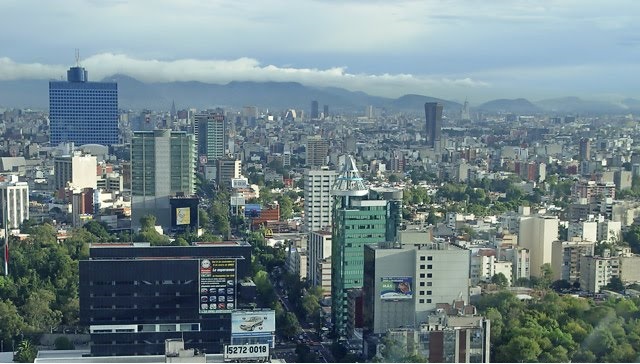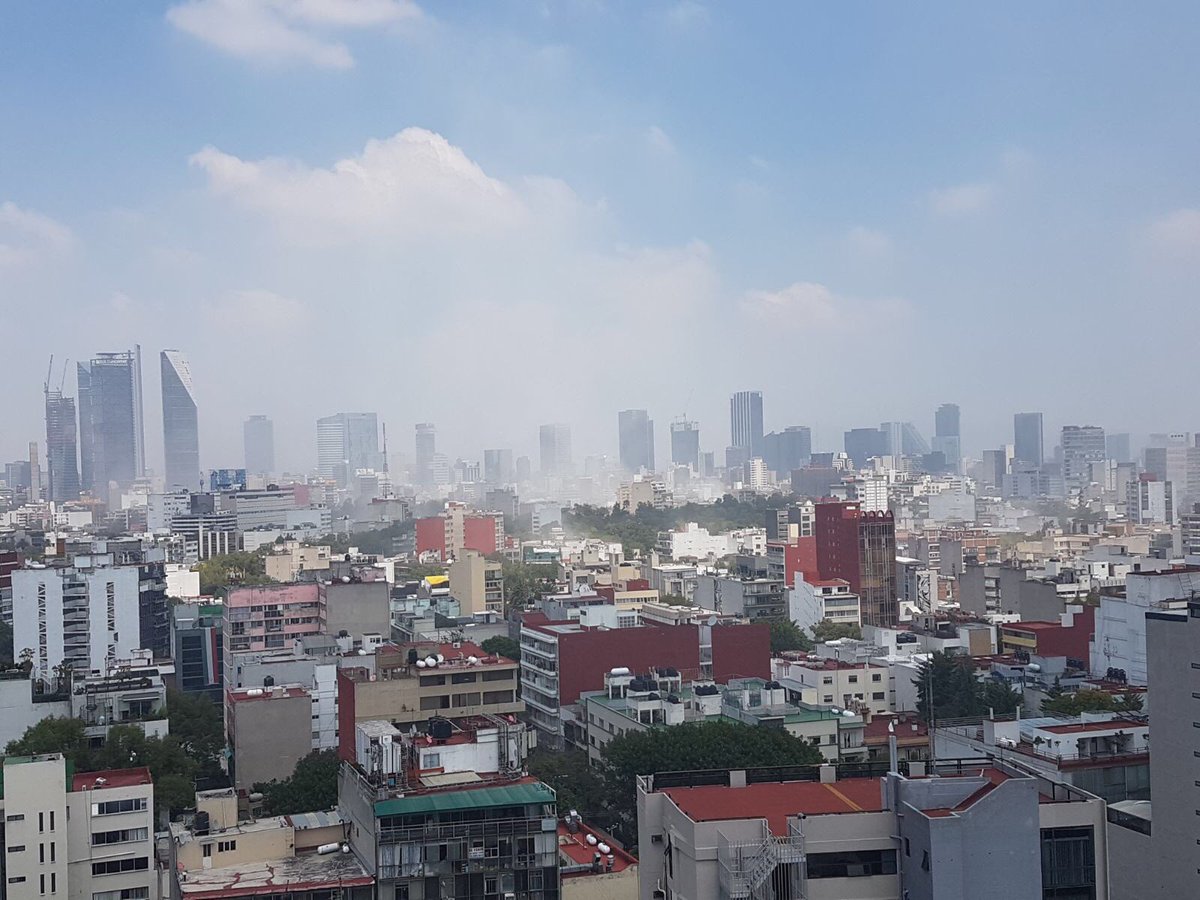By Germán Acosta Cervantes, Temblor’s Spanish Translator

Just two days ago I was working at my office inside a tower on Insurgentes Avenue, one of the main avenues that spans across most of the capital city of my country. Twelve story or higher buildings are common on this avenue. It was September 19th, the 32nd anniversary of the tragic and unforgettable 1985 earthquake which left Mexico City in shreds and thousands perished. I was born in 1987 and grew up in northern Mexico, in a small city with no important seismic activity. So, for me, the 1985 quake is just history and stories from the past. At eleven o’clock in the morning, the seismic alarm rang throughout the city. As is custom, Mexico City pays tribute to those lost in 1985 by participating in an earthquake drill as a day of remembrance. Everyone was chatting and getting along. Drills are nearly a daily thing at the metropolis, and most people living here are used to experiencing small earthquakes. Additionally, the early warning system can give tens of seconds to get to safety in a calm manner, and most of the time you do not even feel any movement.
No warning
Two hours later, there was no alarm. I was translating a document at my computer, and joking about something unimportant with a fellow translator. Then, I started to feel strong shaking at the bottom of my feet, up and down quickly and repeatedly. I turned to my left to look at my friend, our eyebrows went up high as we looked at each other and in unison we said aloud “this is a big one, a real one!”
People at the office reacted by swiftly getting up, and, being on the first floor, hurried down the stairs, even while the stairs and building were shaking significantly. After maybe 10 seconds, the seismic alarm turned on, and people from upper floors were right behind us. You could hear people screaming and everyone was running because the quake was strong and scary. When I reached the street I felt relieved. I turned back, and saw that many people from the neighboring buildings were already coming outside, exiting in panic. I looked back to my building, and heard cracking and screams. At the building next to my workplace, there was a crowd of people coming out when suddenly, rubble fell from the top part of the building, and windows shattered. The first people to go out dodged the debris by pure luck and screamed. Those that had not exited, tried to stop the frantic crowd behind them, while debris and shattered crystals still fell.

A few seconds later, everyone was able to reach safety, all while the ground was strongly shaking. Maybe 20 seconds had passed and I realized chaos was everywhere around me. Thousands of people were already in the middle of the street, the only safe area in a landscape of mostly tall crystal towers. People from my work gathered at a park in front of the workplace and everyone seemed fine, scared, but alive, some crying. The first thing I thought was to call my family and close friends, but there was no phone service available, nor internet, nor any form of communication. About 15 minutes later, I got in touch with my family via WhatsApp and with close friends from Mexico and around the world. I told them I was safe and learned that everyone I knew in Mexico City was, too. Half an hour later everyone was told to go back to their homes. As I walked home, alongside crowds of people, I realized buildings and people were shaken and shocked, all while ambulance sirens echoed in the distance.

Luck
As you have probably seen in the news, some people were not so lucky. However, solidarity and help is seen everywhere and hope remains. Significant efforts were and continue to be made by countless numbers of people across the city and country. Mexicans are showing a solidarity that was also seen decades ago after the tragic 1985 earthquake. Government and local organizations, specialized rescue teams from around Mexico, and other professionals sent by other countries, are collaborating in a series of important rescue operations. Some are delicate and precise, while others require more muscle, be it helping authorities performing rescue missions, helping remove the rubble looking for people below collapsed buildings or simply by sharing information.
Universities, private companies, and civil society have also formed networks to provide spaces and supplies like food, clothes, and first aid. Social media, has also played a large role in orchestrating rescue efforts by helping identify locations of missing people, damaged or collapsed buildings, and fires due to gas leaks. Sadly, people, even children have died, and many more are wounded or without a home to go back and rest. Though not collapsed, many buildings are still in dire condition and are in danger of collapsing in the next few days. But, giving up is not an option, and families and friends still are clinging to find survivors, while others are offering their homes if shelters are not enough.
Empathy
Finally, as a biologist, I would like to share a thought about this experience, and that is that I can discern a little candle of hope that our species still possess, and I don’t mean that it is specifically based on survival, but empathy, which I think is the underlying force that drives us to help each other and thrive as a civilization.

- Beware quiet segments of the Philippine Fault - May 16, 2025
-
ډیری عوامل افغاني ټولنې د زلزلې پر وړاندې زیانمنوي
- August 11, 2022 - What’s happening this week in Humboldt County, California: The squeeze - February 6, 2019
